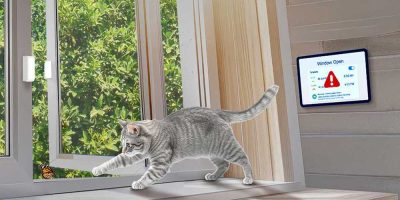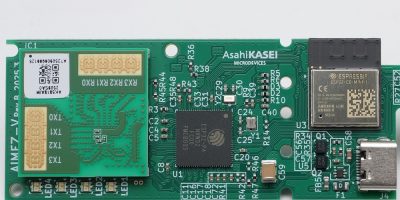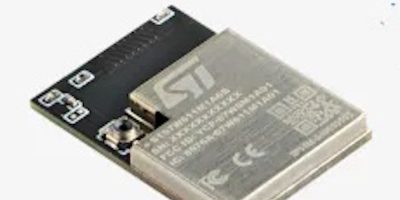Texas Instruments has introduced the industry’s most sensitive in-plane Hall-effect switch for position sensing, offering engineers a cost-effective, user-friendly alternative to magnetoresistive sensors. TI’s TMAG5134 Hall-effect switch features an integrated a magnetic concentrator, enabling it to detect magnetic fields as weak as 1mT in applications such as door and window sensors, personal electronics, home appliances, and more. This level of sensitivity allows for the use of smaller magnets, further reducing system-level costs. Additionally, the TMAG5134’s in-plane sensing capability enables it to detect magnetic fields parallel or horizontal to a printed circuit board, giving engineers greater design flexibility.
Engineers seeking high sensitivity levels in low-power, compact position-sensing designs today rely on reed switches or tunnel magnetoresistive (TMR), anisotropic magnetoresistive (AMR) or giant magnetoresistive (GMR) sensors. However, these technologies often come with high costs and manufacturing complexities because they require specialised materials and fabrication techniques. In contrast, Hall-effect technology eliminates the need for specialised manufacturing and enables engineers to significantly reduce design costs and speed time to market.
Historically, designers have not considered Hall-effect switches as viable replacements for TMR, AMR, GMR or reed switches because of their limited sensitivity. The introduction of TI’s TMAG5134 represents a fundamental shift for the position sensing market; engineers can now achieve greater sensitivity than traditional Hall-effect sensors without the additional cost and complexity of magnetoresistive sensors.
“The electronics we interact with in our daily lives, from our laptops to our smart home systems, use sensors to help make decisions based on the world around them,” said Jason Cole, vice president and general manager, Sensing Products at TI. “For decades, TI’s sensing portfolio has enabled engineers to achieve greater accuracy, power efficiency and reliability in their designs. The TMAG5134 Hall-effect switch builds on these years of innovation, delivering a simplified, cost-effective solution that creates new possibilities for design engineers across industries.”
The TMAG5134 Hall-effect switch helps extend battery life in sensing applications by consuming just 0.6µA on average. Its integrated magnetic concentrator technology amplifies the sensor signal, eliminating the need to bias the device with as much current.







